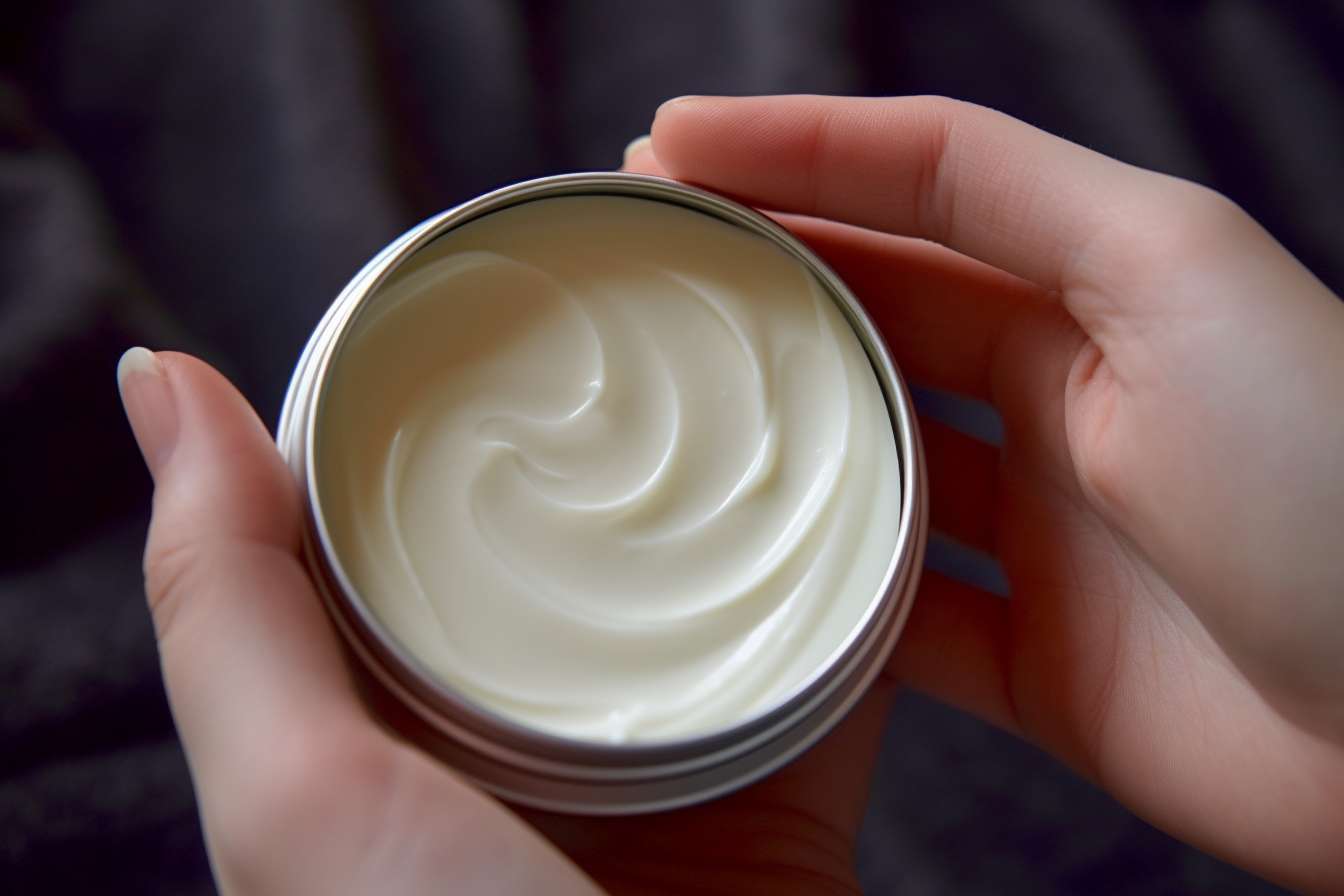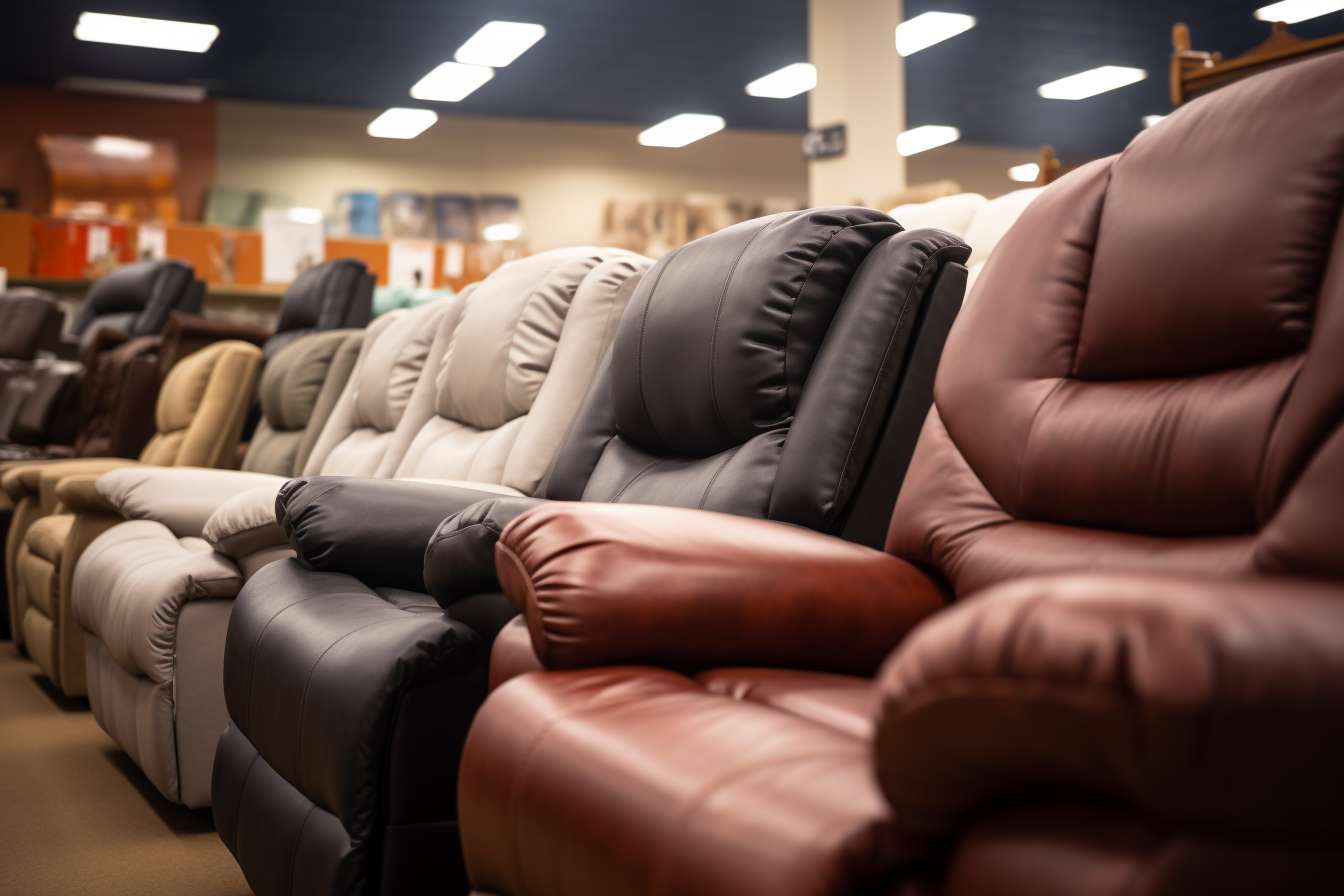Demystifying the World of Dermal Fillers: A Deep Dive Into the Cosmetics Revolution
The beauty industry has always been a dynamic environment, constantly embracing innovations and trends to cater to the ever-evolving demands of beauty enthusiasts worldwide. Over the past few decades, the industry has witnessed a significant shift towards non-surgical, minimally invasive procedures that offer quick, visible results with minimal downtime. Among these, dermal fillers have emerged as a popular choice for many, offering solutions to a range of aesthetic concerns from facial wrinkles to lip enhancement. This article aims to demystify the world of dermal fillers, shedding light on their historical context, current relevance, trends, impact, reception, and unique insights not widely covered elsewhere.

Tracing the Genesis: The Historical Context of Dermal Fillers
Dermal fillers, also known as injectable implants, soft tissue fillers, or wrinkle fillers, have a rich history that dates back to the late 19th century. Originally, paraffin was used as an injectable filler to correct facial deformities. However, due to numerous complications, its use was short-lived.
In the 20th century, bovine collagen emerged as a popular filler material. But it was only in 1981 that the U.S. Food and Drug Administration (FDA) approved its use. Bovine collagen’s reign was short-lived as it was soon replaced by hyaluronic acid fillers, a naturally occurring substance in the human body, that offered safer and longer-lasting results.
The Now and Here: Current Relevance of Dermal Fillers
In today’s fast-paced world, where everyone is looking for instant gratification, the demand for quick fixes like dermal fillers has skyrocketed. According to the American Society of Plastic Surgeons, in 2018 alone, over 2.6 million dermal filler procedures were performed in the U.S., an increase of 2% from the previous year.
Dermal fillers have become a popular choice for those seeking to enhance their looks without going under the knife. They are used to restore volume and fullness in the face, reduce facial lines, and improve the appearance of recessed scars. Furthermore, they are recommended for lip augmentation and shaping facial contours like cheekbones and chin.
Riding the Wave: Trends and Impact of Dermal Fillers
Recently, the beauty industry has seen a surge in the demand for natural-looking results, steering away from the “frozen” look that dominated the past decade. This has led to the development of new techniques in the application of dermal fillers, focusing on enhancing natural features rather than changing them.
Moreover, the trend of ‘tweakments’, minor non-surgical procedures, has led to the rise of lunchtime facelifts where dermal fillers are used to provide an instant lift to the face.
The impact of these trends is evident in the market growth. The global dermal fillers market is expected to reach $6.64 billion by 2026, growing at a compound annual growth rate (CAGR) of 7.8% from 2019 to 2026.
Acceptance and Reception: Embracing the Filler Revolution
The reception of dermal fillers has been largely positive. They are celebrated for their ability to deliver instant results, require minimal recovery time, and cause little to no discomfort. Furthermore, the results are temporary, giving patients the flexibility to adjust their looks as per their evolving aesthetic preferences.
However, like any medical procedure, dermal fillers also have their share of critics. Concerns have been raised about the lack of regulation in the industry, leading to a rise in botched procedures performed by unqualified practitioners. Therefore, it’s imperative for those considering this treatment to research thoroughly and choose a certified and experienced professional.
Unveiling the Uncommon: Unique Insights into Dermal Fillers
While much has been said about the cosmetic benefits of dermal fillers, their therapeutic potential remains largely unexplored. For instance, research suggests that dermal fillers could be used to treat conditions like facial asymmetry caused by nerve paralysis or muscle atrophy.
Moreover, dermal fillers are not just for the aging population. Younger people are also turning to them as a preventative measure, a trend known as ‘prejuvenation’. This involves using fillers to delay the onset of wrinkles and volume loss before they become clearly visible.
In conclusion, dermal fillers have reshaped the landscape of the beauty industry, offering a non-invasive, quick, and effective solution to a range of cosmetic concerns. However, as with any medical procedure, it’s essential to understand the benefits, risks, and realities before embarking on the dermal fillers journey.




